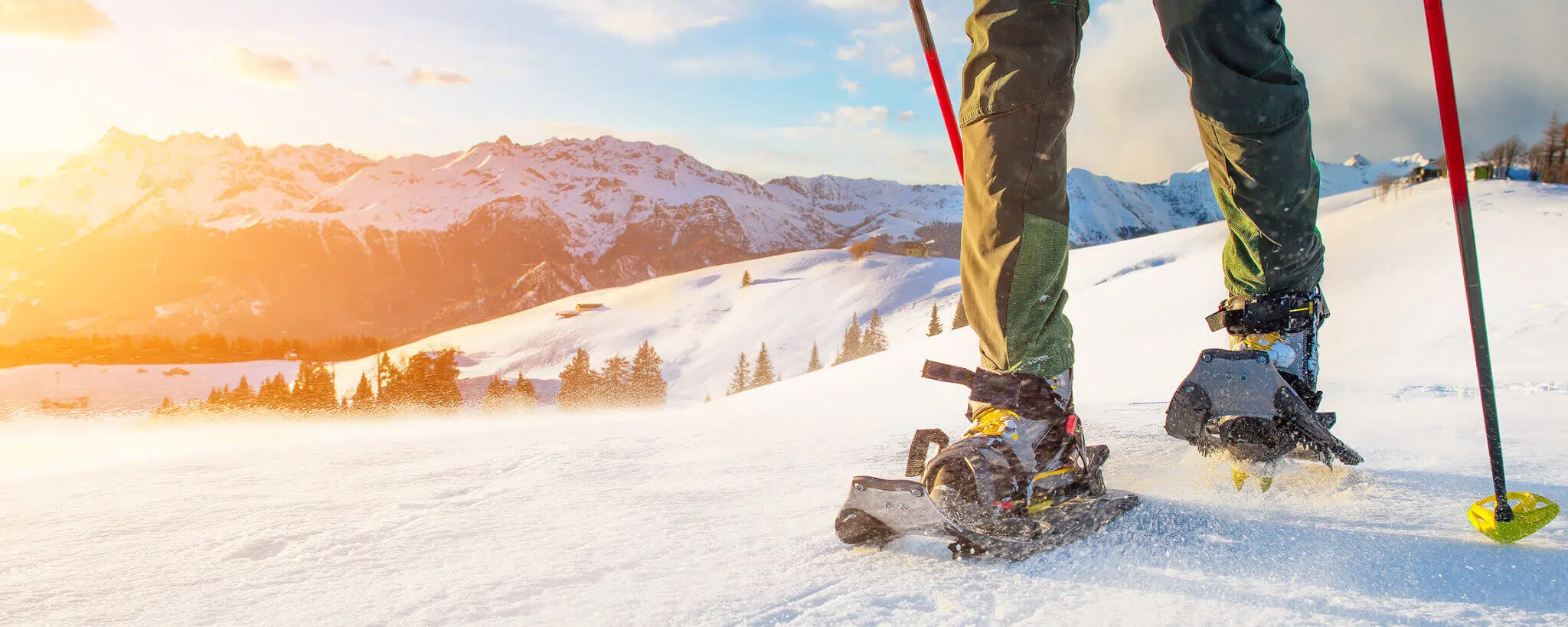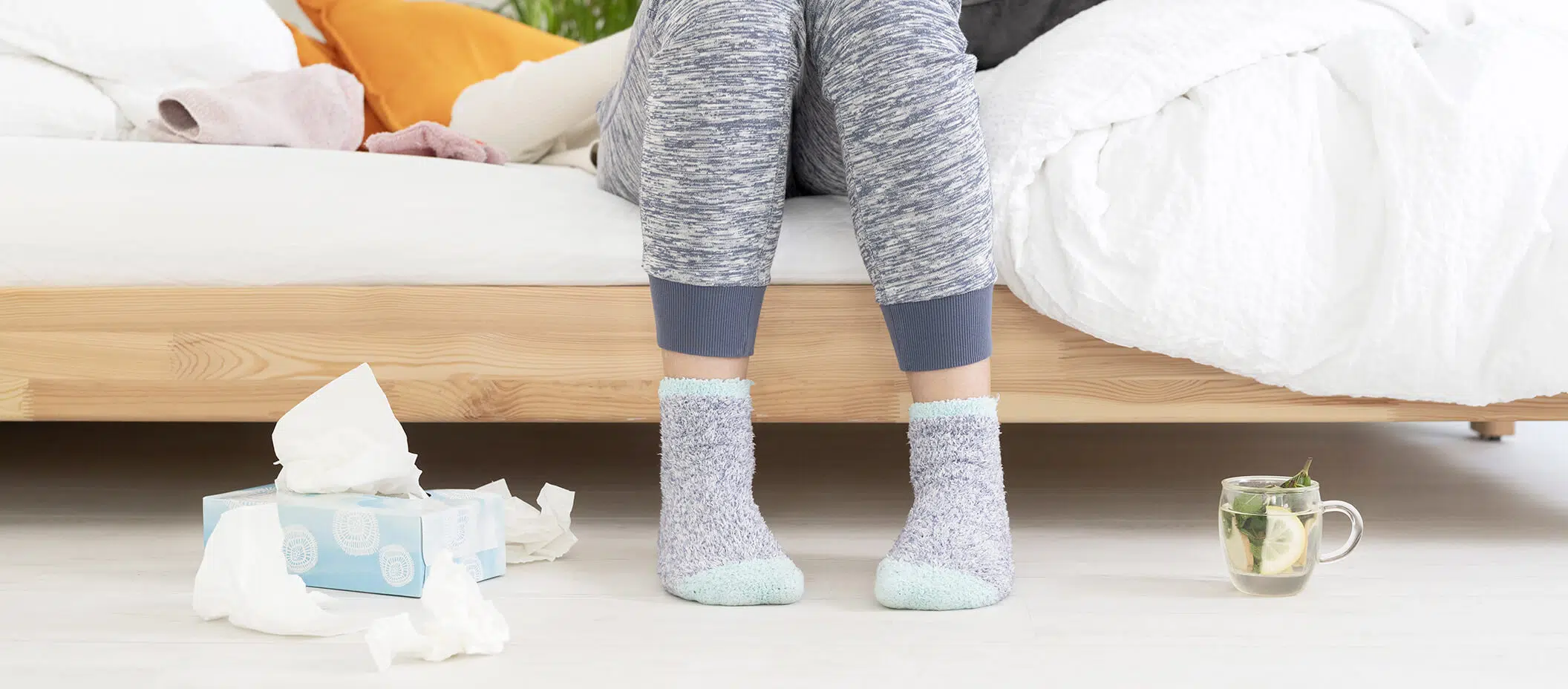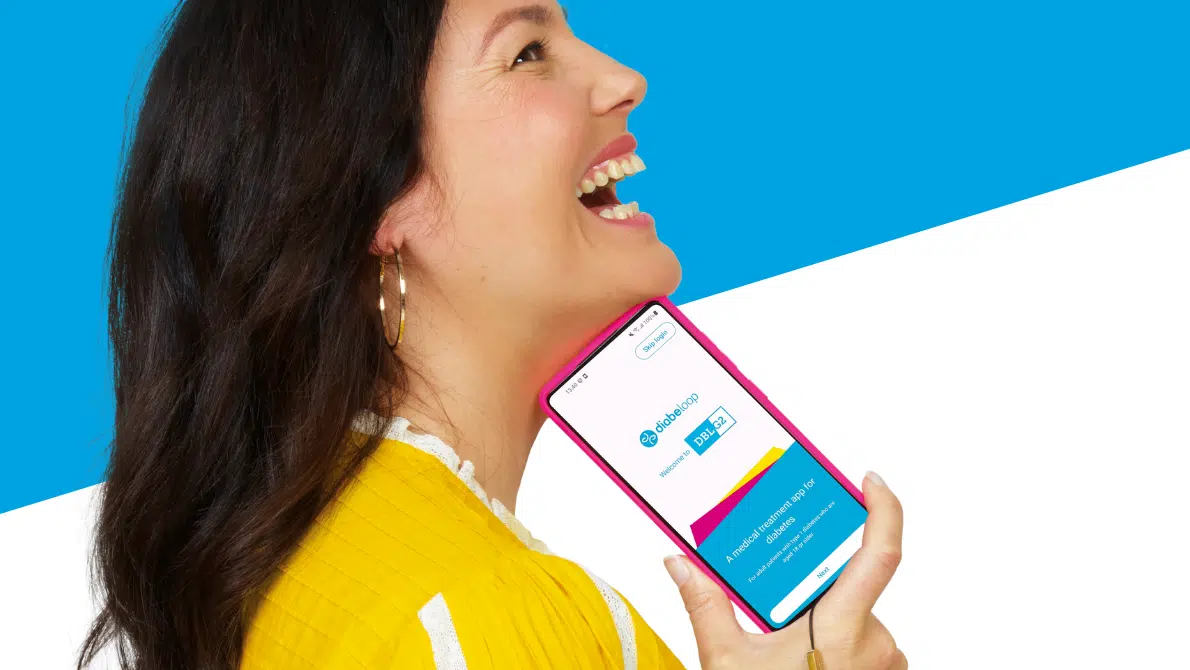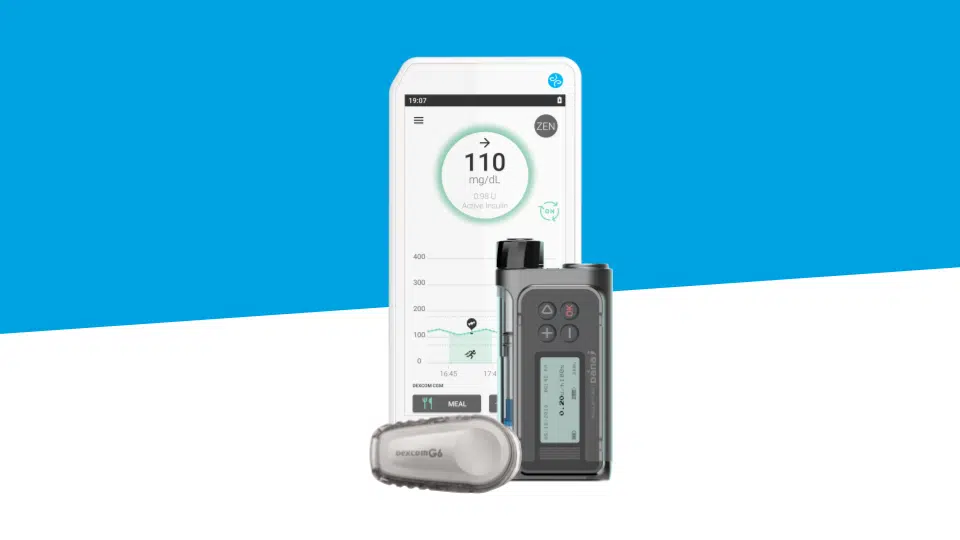
Managing your Type 1 diabetes while doing winter sports
Winter is on the way. The ski resorts will open their doors. In short, soon it’ll be time to put on your snowsuit and strap on your skis for a little fun on the slopes! Coping with the cold and enjoying winter sports is not a trivial matter when you live with Type 1 diabetes. How can you manage this with total peace of mind?
When it’s cold out, watch out for hypoglycemia!
When it’s cold, the body has a strong tendency to draw on its reserves to keep the body at a proper temperature. These reserves are mainly composed of carbohydrates. For a T1D person, when you think of carbohydrates, you think of a drop in the need for insulin!
If you spend your day on your skis, snowboard, sled or ice skates, it’s like practicing an endurance sport. In this case, you may need less insulin.
Once you get to the resort, check your blood sugar levels regularly to make changes to your activities and deal with weather conditions more effectively. Because of the activity you’re doing throughout the day, it’s also important to check your blood sugar levels before going to bed.
If you are on an insulin pump, your basal insulin will probably need to be lowered when you are doing winter sports; if you use injections, it will be your slow-acting insulin. Winter sports activities will also decrease your bolus for pump wearers, your rapid-acting insulin for those using injections.
Risk of your devices freezing
Insulin becomes completely unusable if exposed to negative temperatures (below 0°C). For people who wear a patch pump, given the thick clothing you will be wearing, you should not have any problems with this. For those who wear a pump with a tube, keep it as close to your body as possible or in an inside pocket. Your body heat will keep it at the correct temperature. For people using injections, avoid carrying your pens on the slopes as much as possible. If that’s not an option given your program, keep your equipment close to your body or in inside pockets. You can keep them in an insulated pouch for storage. The same goes for other devices (capillary blood glucose meter, continuous glucose monitor, insulin pump remote control, etc.) and their receivers.
Eat generously
As we have already mentioned, with the cold, the body consumes more energy. So, give your body what it needs to help it out! Start with a good breakfast including a hot drink, slow sugars such as bread, a little fat and some carbohydrates; butter and jam, for example, would nicely round out this good breakfast.
The same goes for meals. If you’ve been working out, your body needs starchy foods and fast sugars. A dose of fiber and vitamins is recommended to maintain a balanced diet.
And then… a raclette and/or fondue are well deserved after all this exercise, right ?? These are fatty meals, however, so take this into account.
Your meals are likely to be accompanied by alcohol, which is often a must in the mountains! Keep in mind that alcohol has a hypoglycemic effect, so remember to adapt your insulin doses (and drink in moderation).
Take care of yourself and your body
The cold tends to dry out the skin. Remember to moisturize regularly.
When living with Type 1 diabetes, it is strongly recommended that you take care of your hands and feet to avoid vasoconstriction, a physiological reaction that involves a reduction in the diameter of the blood vessels. Doing a fingertip capillary blood glucose test can be tricky. Thick gloves and a decent pair of wool socks will be your best friends throughout the winter.
Now, you know all the keys to enjoying skiing and other winter sports with your type 1 diabetes in total peace of mind, like true kings and queens of the slopes! ?







